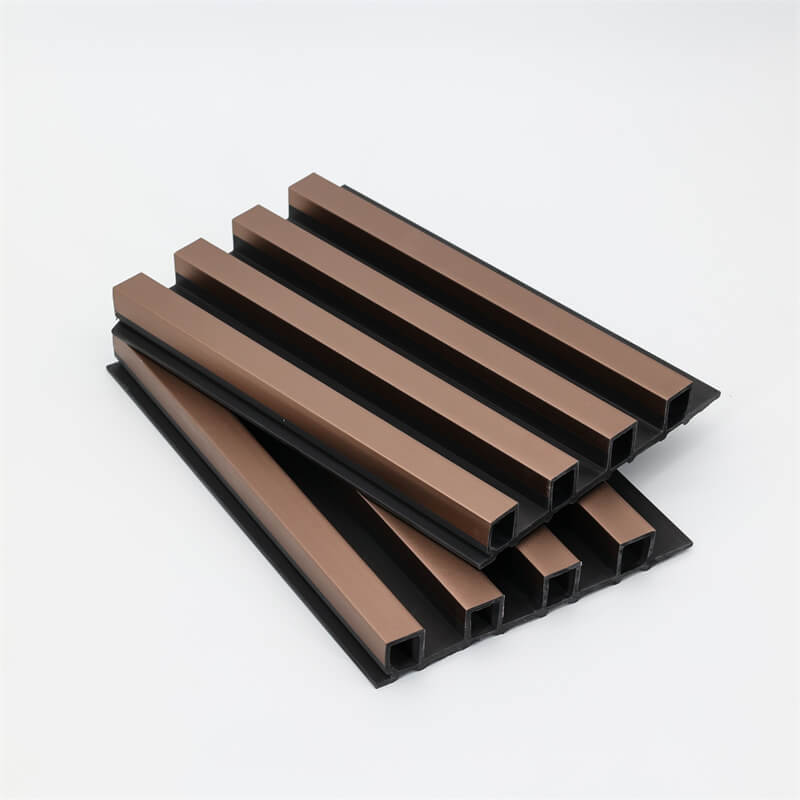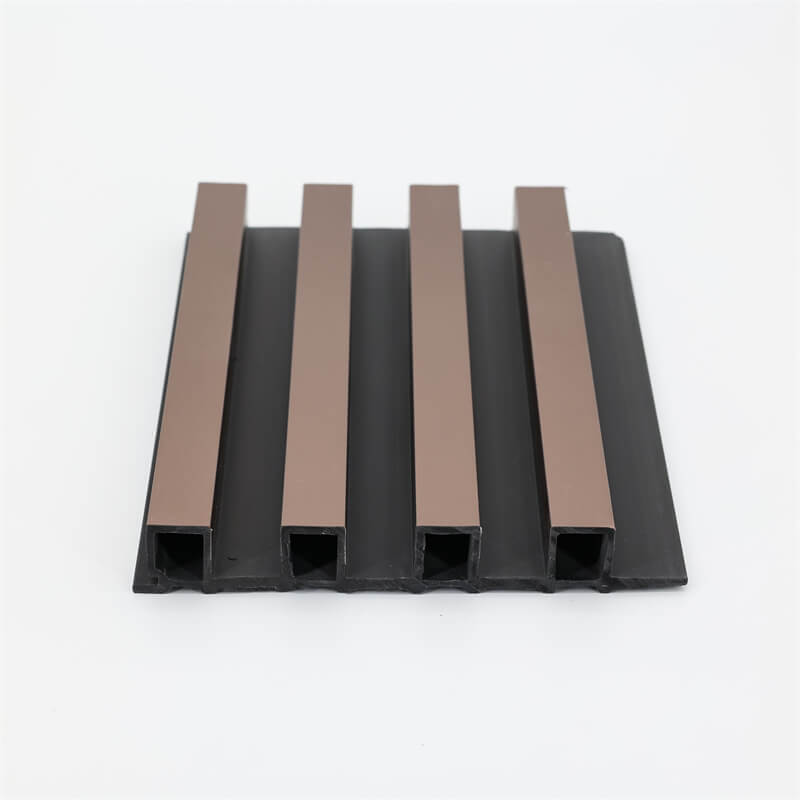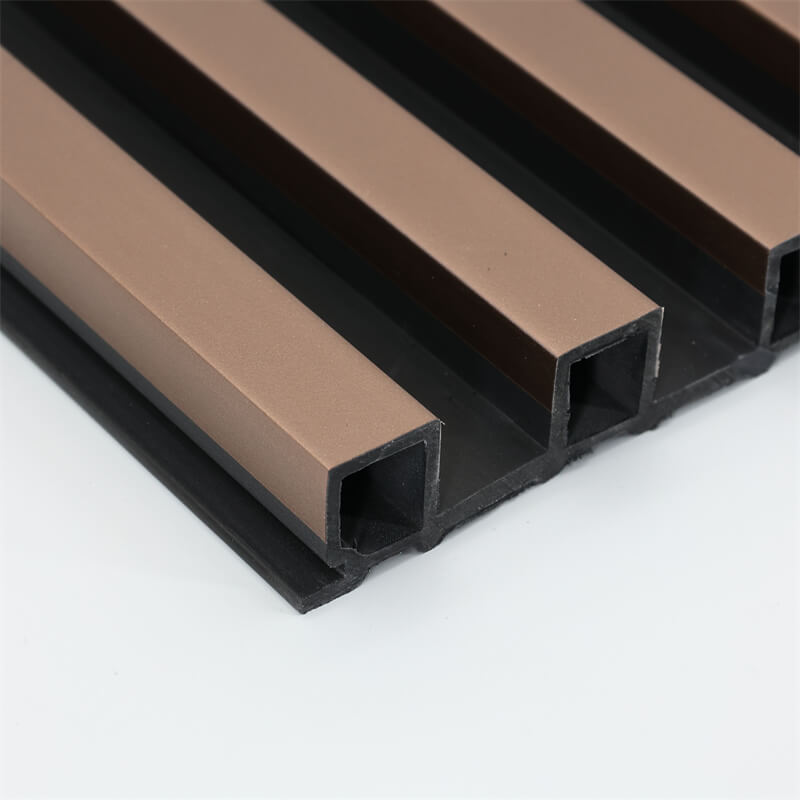
When it comes to selecting materials for construction and design projects, durability and weather resistance are crucial factors to consider.
WPC (Wood-Plastic Composite) panels have gained popularity in recent years due to their exceptional durability and ability to withstand various weather conditions.
In this article, we will delve into the durability and weather resistance of WPC panels, exploring the factors that contribute to their longevity, resistance to moisture, UV radiation, and other environmental factors.
I. Composition and Structural Integrity
The composition of WPC panels plays a significant role in their durability and structural integrity.
These panels are typically made from a blend of wood fibers or flour and thermoplastics, such as polyethylene (PE), polypropylene (PP), or polyvinyl chloride (PVC).
The combination of wood and plastic creates a material that possesses the best qualities of both, resulting in a product that is stronger and more durable than natural wood.
The presence of wood fibers in WPC panels provides natural strength and rigidity, while the thermoplastics offer added durability and resistance to environmental factors.
This composite structure ensures that WPC panels can withstand the stresses of everyday use, including foot traffic, impacts, and loading.

II. Moisture Resistance and Rot Prevention
One of the key advantages of WPC panels is their resistance to moisture and rot.
Unlike natural wood, which is susceptible to water absorption and subsequent rotting, WPC panels are engineered to be highly resistant to moisture.
The combination of wood fibers and thermoplastics creates a material that does not warp, crack, or decay when exposed to water.
The moisture resistance of WPC panels is crucial, especially in outdoor applications such as decking or cladding.
It prevents the panels from absorbing water, which can lead to swelling, warping, and degradation over time.
Additionally, the resistance to rot ensures that WPC panels maintain their structural integrity and appearance even in high-moisture environments.
III. UV Resistance and Color Stability
Another important aspect of the durability of WPC panels is their resistance to UV radiation and color fading.
Exposure to sunlight can cause materials, including natural wood, to fade, discolor, and degrade over time.
However, WPC panels are engineered to be highly resistant to UV radiation, ensuring long-term color stability and minimizing the need for maintenance.
This UV resistance is achieved through the inclusion of additives during the manufacturing process, such as UV stabilizers.
These additives help protect the wood fibers and thermoplastics from the harmful effects of UV radiation, including color fading, brittleness, and surface degradation.
The UV resistance of WPC panels makes them suitable for outdoor applications, where they are exposed to direct sunlight.
Whether used for decking, fencing, or cladding, WPC panels maintain their vibrant colors and appearance, providing a long-lasting and aesthetically pleasing solution.

IV. Environmental Factors and Longevity
WPC panels are designed to withstand various environmental factors, contributing to their longevity and durability.
They are engineered to resist the effects of moisture, UV radiation, temperature fluctuations, and pests, ensuring their performance in both indoor and outdoor applications.
In outdoor settings, WPC panels are subjected to changing weather conditions, including rain, snow, heat, and cold.
Their resistance to moisture prevents water absorption and subsequent damage, such as cracking or warping.
The UV resistance ensures that the panels retain their color and structural integrity even under intense sunlight.
WPC panels are also highly resistant to pests, such as insects and termites, which can cause significant damage to natural wood.
The composition of WPC panels makes them unattractive to pests, reducing the risk of infestation and decay.
Additionally, the durability and longevity of WPC panels contribute to sustainable construction practices.
By choosing a material that can withstand environmental factors and has a long lifespan, the need for frequent replacements is minimized, reducing waste and conserving resources.
The durability and weather resistance of WPC panels make them an excellent choice for construction and design projects.
Their composition of wood fibers or flour and thermoplastics provides exceptional strength, structural integrity, and resistance to moisture, UV radiation, and pests.
These qualities ensure that WPC panels maintain their appearance and functionality, even under challenging weather conditions.
The moisture resistance and rot prevention properties of WPC panels make them ideal for outdoor applications, where exposure to water is a concern.
Their UV resistance and color stability ensure long-lasting aesthetics, reducing the need for maintenance and refinishing.
By selecting WPC panels for construction and design projects, one can enjoy the benefits of a durable and weather-resistant material that contributes to
sustainable practices through its longevity and resistance to environmental factors.
